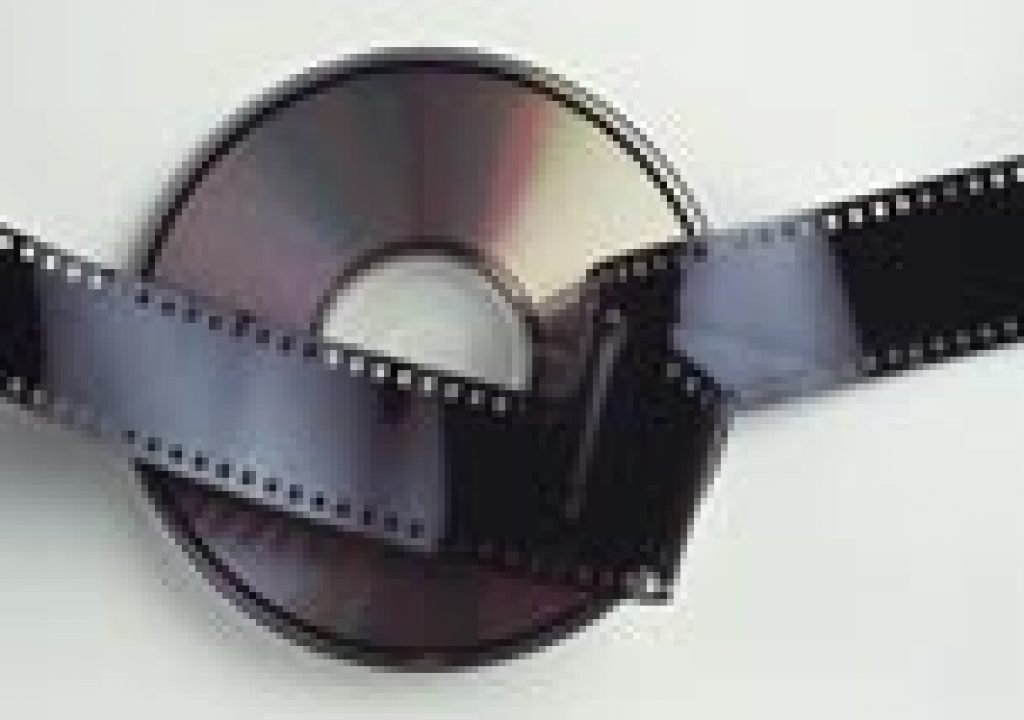All of the recent posts about workflows, workarounds, and discoveries using the RED One camera brings back memories of a warning I issued when DV cameras first became popular among independent shooters and moviemakers: Be careful what you wish for; you might get more than you expected.
Many hold up film as the gold standard of footage acquisition. Here’s the funny thing about film: A lot of it looks terrible straight out of the can. Quite often, the goal of film is to capture as much image information as possible, so that a lab, colorist, or other magician can then mold this ample lump of clay into something that looks truly gorgeous. This is why colorists make so much money (with press releases announcing their movement between facilities), and why a Da Vinci color station is a machine of modern mythology.
DV format cameras really juiced the documentary film field, allowing shooters to capture their footage for a lot less cost. However, when we started loading this footage straight into our computers, we skipped that all-important colorist stage where mere images were turned into magic. If you were on a budget and the lighting wasn’t quite up to snuff either, this new reality was even more challenging. Suddenly, you – not the lab – were responsible for adding that special something to your shots. (Fortunately, there are several books on the subject; I particularly like Color Correction for Non-Linear Editors
The good thing about DV cameras was that they were at least point, shoot, import, and use. In other words, the lump of clay was already molded into generally the right shape; you just had to polish it a bit. The RED One with its special “raw” format puts you even closer to film in that you’re getting an unshaped lump of clay which you must now “develop” as well as color correct to taste. (For example, read Stu Maschwitz’s excellent article on Digital Cinema Dynamic Range.)
This realization is causing a bit of a backlash among those who expected the RED to be point and shoot magic. But the fault isn’t completely with the RED; it’s more with some of our expectations. You wanted digital film? You got it. Oops – now you have to learn how to handle “film” (in addition to learning how to be a colorist). And the RED tools are still in their infancy.
This is going to cause some pain for awhile. Pioneers are the ones with arrows in their backs, and all that. Fortunately, some (including writers on PVC such as Adam Wilt and Art Adams) are sharing information on where they got shot, how they dressed the wound, and ways to turn those arrows into advantages. Don’t shoot the messengers; be patient and learn. No one has all the answers yet. But groping together, we can eventually find them.
The content contained in our books, videos, blogs, and articles for other sites are all copyright Crish Design, except where otherwise attributed.

